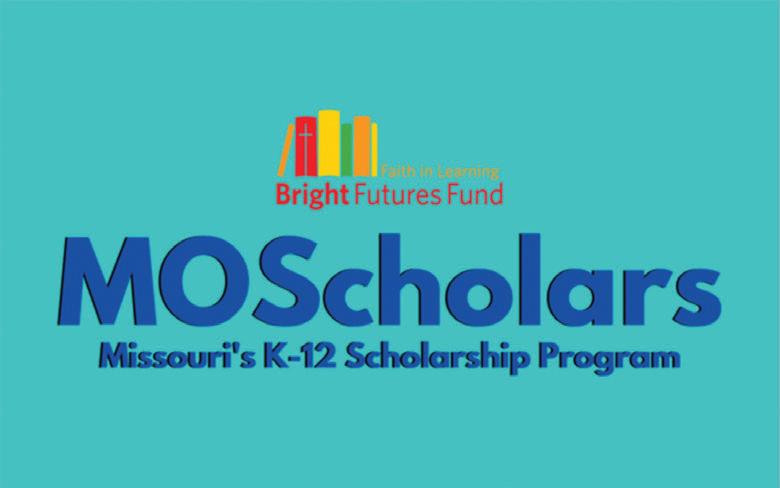
2 minute read
GOOD NEWS BEYOND THE PEWS Catholic school enrollment on an upward trend
by Bridget Locke
Instability due to the pandemic.
Decreasing test scores. Increasing violence.
More than ever, challenges in K-12 education have prompted parents to look for alternative learning environments that will prepare their children for college and a competitive workforce, while developing their spiritual growth.
This explains, in part, why Catholic school enrollment is growing in record numbers. According to the National Education Catholic Association, Catholic school enrollment increased by 3.8 percent in the 2021-22 academic year. It was the first increase in two decades and the largest ever recorded.
Schools in the Diocese of Kansas City-St. Joseph have experienced parallel trends; for the 2021-22 school year, enrollment (which includes pre-K through 12th grade) increased 3.6 percent over the previous year. For 2022-23, enrollment grew by 9 percent.
of schools for the Diocese of Kansas City-St. Joseph. “Pastors and principals also work diligently to encourage new families to consider Catholic schools for their children and welcome them enthusiastically into our system.”
The cost of Catholic education sometimes presents a barrier to access. However, since House Bill 349, a bill supporting school choice in Missouri, was signed into law in 2021, Bright Futures Fund, the diocesan nonprofit organization that helps students in need to receive a Catholic education, has served as one of six newly certified Educational Assistance Organizations offering the MOScholars program. Through this program, Bright Futures Fund offers state income tax credits to Missourians and awards scholarships to eligible students who wish to attend Catholic school.
To learn more about Catholic education in the diocese, visit catholicschoolsystem.net
According to Kroh, MOScholars is responsible for approximately half of the diocese’s school enrollment growth.
“MOScholars is a tremendous gift. More than ever, finances don’t have to prevent families from pursuing Catholic education,” she said.
Bright Futures Fund
Bright Futures Fund was funded and awarded $2.5 million in tax credit scholarships for the 2022-23 school year. As a result, 358 scholarships were offered to all 26 partner schools within the diocese. For the 2023-24 academic year, $6 million has been awarded, increasing the organization’s total capacity to more than $7.5 million.
“Bright Futures Fund has been long-committed to providing access to families to receive a Catholic education. Thanks to the new bill passed by state lawmakers in Missouri, we have opened our capacity to offer this opportunity to more families and students,” said Jeremy Lillig, executive director for Bright Futures Fund. MOScholars scholarship applications for 202324 opened on Feb. 1. Scholarships will be awarded to students who live in Kansas City, Missouri, Jackson County or in a city with a population of more than 30,000 and fall into one of the following categories:
• Have an IEP or ISP under the Individual Education Disabilities Act (with no income restriction)
• Are new students whose families earn less than 200 percent of the free and reduced lunch income maximum
Those meeting the criteria will qualify for $6,375 per year to attend a Catholic school in the diocese. Supporters can again reserve tax credits through the MOScholars Program, equal to 100 percent of an eligible donation.
To reserve tax credits or to apply for the scholarship, visit brightfuturesfund.org/moscholars

The growth was a welcome surprise, but it wasn’t achieved by accident.
“Daily, teachers and administrative staff serve faithfully to ensure the academic and spiritual growth of our students,” said Karen Kroh, Ed.D., superintendent
For 2023-24, Kroh anticipates another year of positive growth for diocesan schools, based on the past two years of data and continuing national trends.
“I invite all families who have considered Catholic education for their children to explore our schools. Once you do, you’ll want to stay and invite others to join us, too.”









